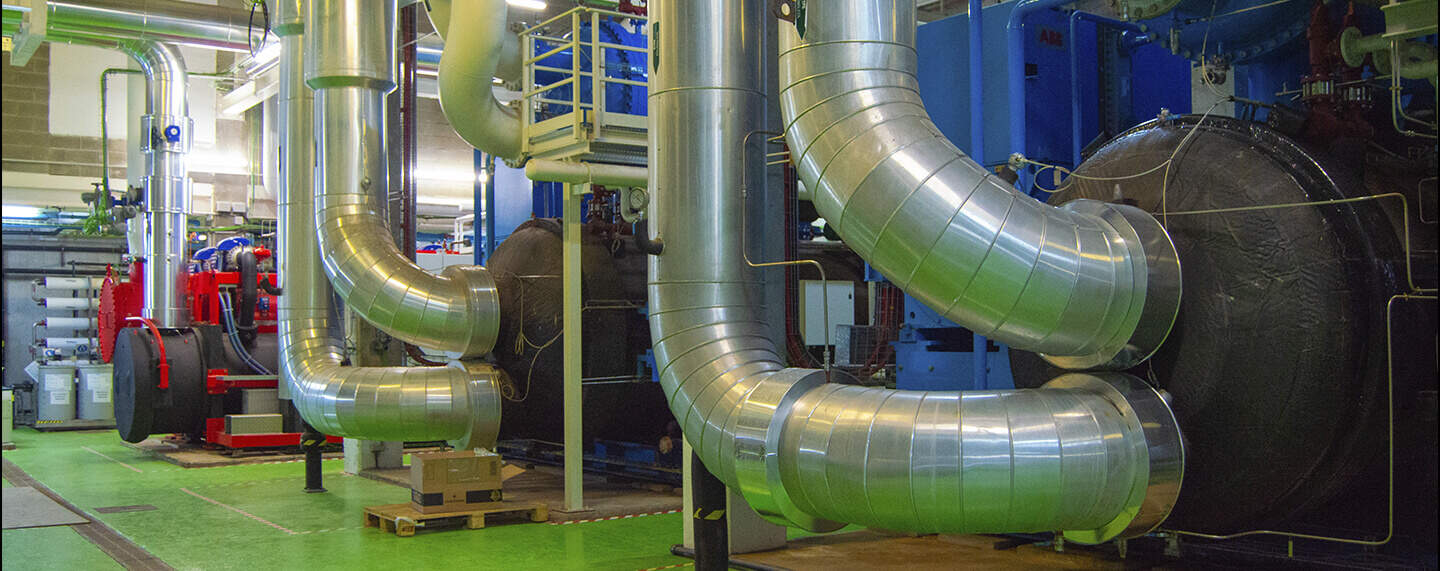Barcelona is taking another step towards a greener future. The Barcelona City Council has approved a key project for the construction of the third heating and cooling generation plant in the Poblenou neighborhood.
This project represents a major advance in the city’s infrastructure and will contribute significantly to energy efficiency and emissions reduction.
This third heating and cooling plant, which represents an investment of 44.4 million euros, is an effort by the city to expand its sustainable energy network. Construction is expected to begin next year and the plant is expected to be operational by 2025.
The new facility will be located in the Poblenou neighborhood, which has been chosen for its proximity to the sea, a strategic decision that allows for greater energy self-sufficiency and greater efficiency in energy distribution.
Third floor in Poblenou
The Districlima heating and cooling network, promoted by the Barcelona City Council, has become a fundamental pillar in the city’s transition to cleaner energy sources.
The network already consists of two plants in the Fòrum and 22@ areas and its contribution to the reduction of CO2 emissions is significant, avoiding the release of approximately 26,000 tons of CO2 into the atmosphere each year.
The construction of this third plant will not only strengthen the city’s ability to provide heating and cooling to its buildings more efficiently, but will also enable further expansion of this technology.
It is estimated that more than 100 additional buildings will be able to be connected to the heating and cooling network, increasing the installed cooling capacity from 69 MWf to 97 MWf.
In addition, the heated area will expand from 1.5 million square meters to almost 2.5 million square meters, equivalent to 250 blocks of the Eixample.
Sustainable Barcelona
This investment is not only a commitment to a more sustainable Barcelona, but also aligns with the global trend of using heating and cooling networks, instead of boiler and air conditioning systems, to heat and cool buildings.
These networks are energy efficient, save water, reduce noise, vibration and maintenance costs, and take up less space.
It is important to note that Districlima is not the only heating and cooling network in the city of Barcelona. There is also the Ecoenergies network, consisting of three power plants that serve various areas of the city, including the Marina del Prat Vermell, the port, the Zona Franca, the Fira exhibition center and part of L’Hospitalet de Llobregat.
The third network is planned to be built at the future Sagrera station, with the forecast to cover a considerable area of 920,000 square meters.

